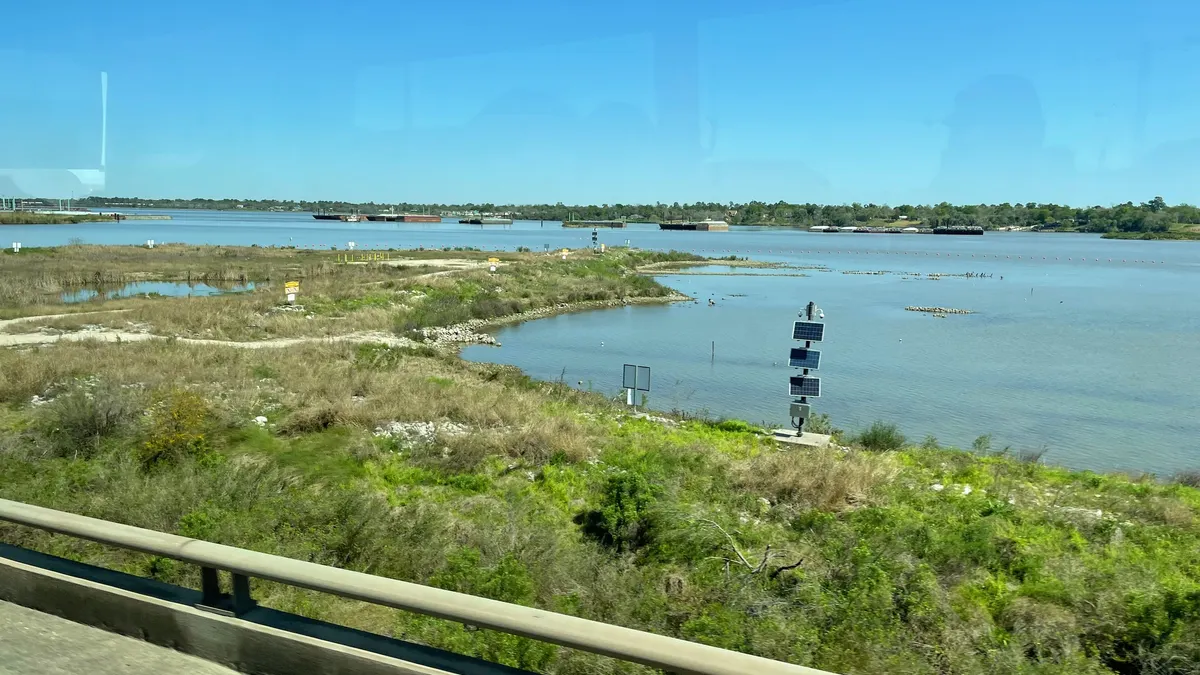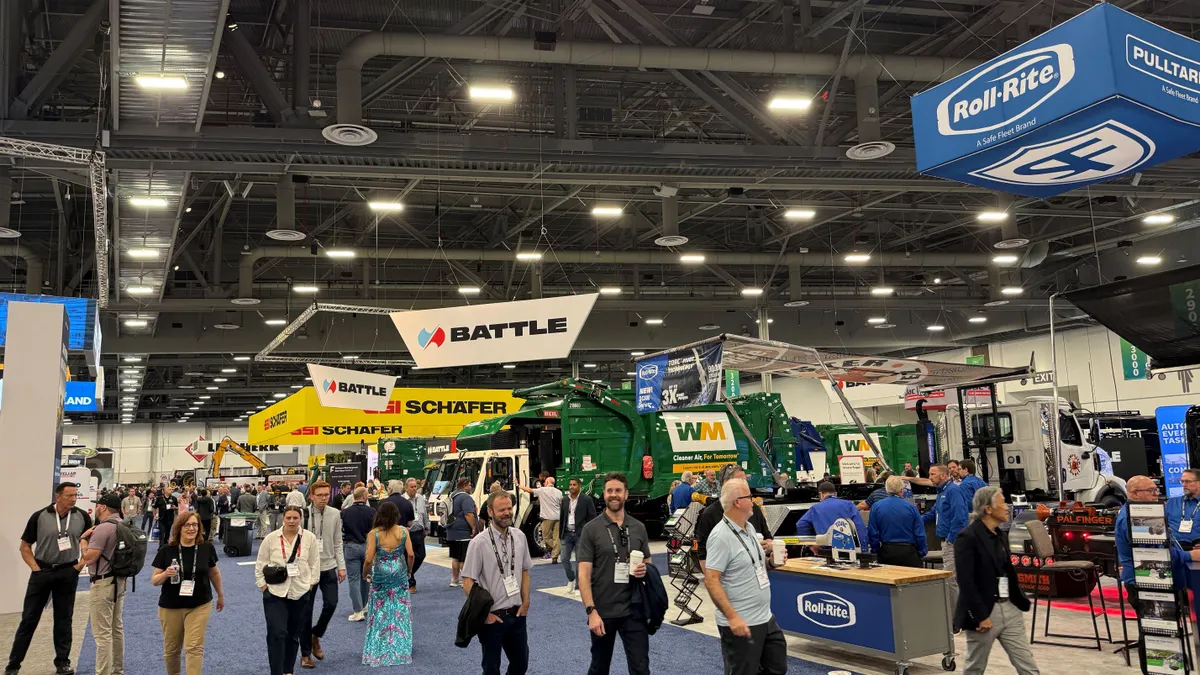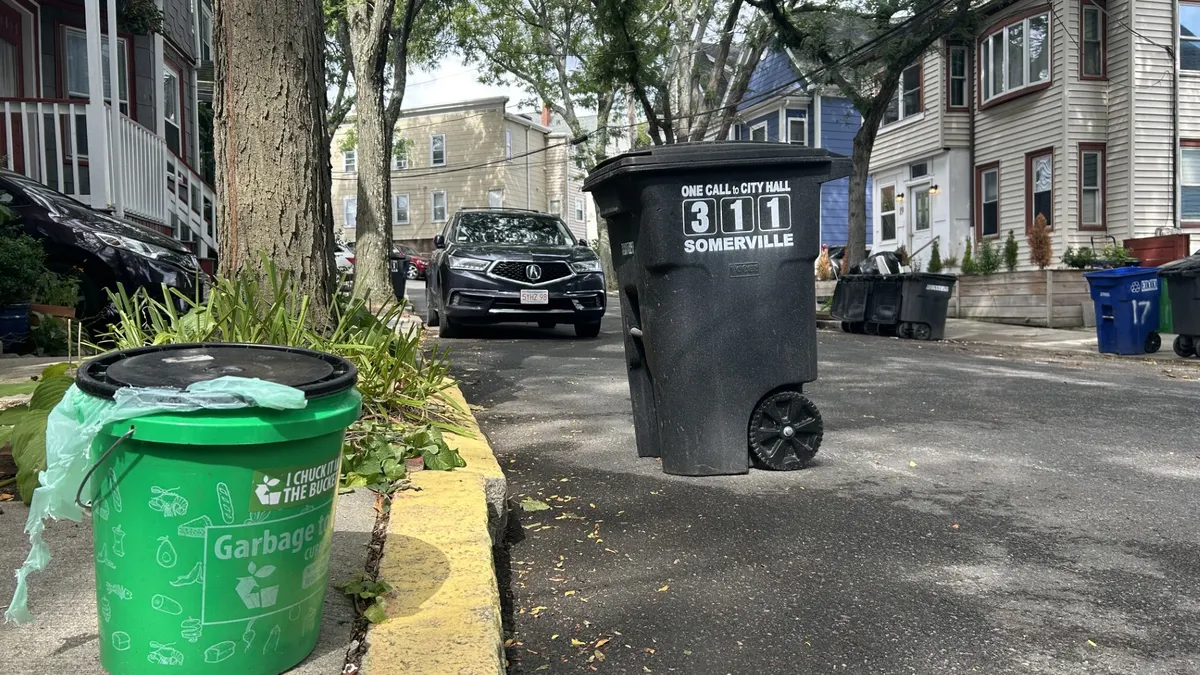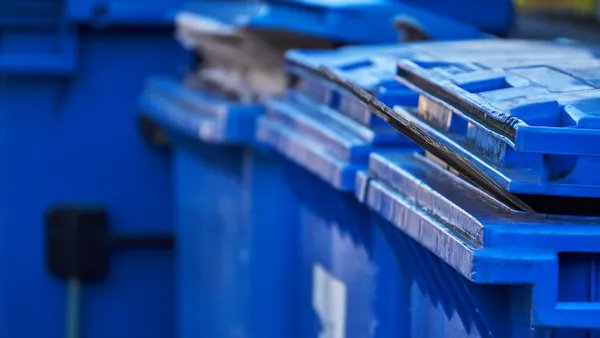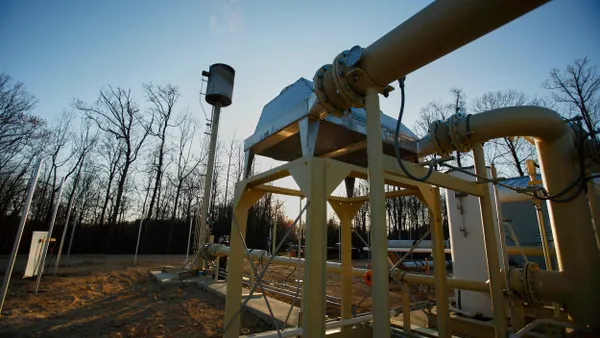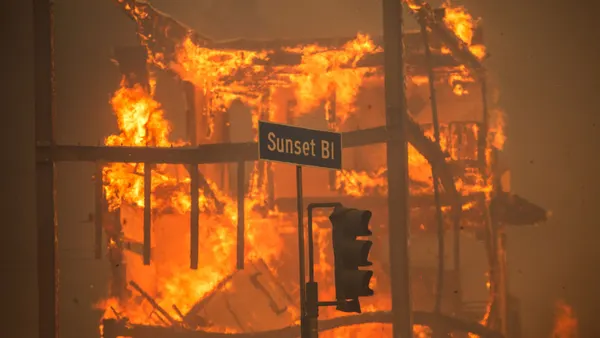Dive Brief:
- The U.S. EPA has approved a cleanup plan for the northern portion of the San Jacinto River Waste Pits, a Superfund site near Houston. McGinnes Industrial Maintenance Corp., a WM subsidiary, and International Paper are responsible for the site cleanup.
- Cleanup for the northern pits had been delayed by numerous rounds of draft plans and disagreements between the EPA and the companies over how to manage the remediation. The approval includes strict new requirements and conditions.
- WM and IP estimated their shared liability was between $96 million and $98 million as of June 30, according to securities filings, though both companies noted that final costs are difficult to calculate due to ongoing planning. The EPA has estimated remediation costs for the entire project at around $115 million.
Dive Insight:
The plan approval is a significant next step in the ongoing cleanup process for the site.The EPA deemed it a Superfund site in 2008, and the agency in 2018 ordered remediation on the site.
The site includes two pit areas built in the 1960s by a paper company then known as Champion Paper, an IP predecessor. The paper company used the pits for disposing solid and liquid pulp and paper mill waste contaminated with dioxins and furans, according to the EPA.
The northern pit area sits on about 14 acres on the western bank of the San Jacinto River, where it is partially submerged in the water, the agency said. Work on the 20-acre southern pit site was largely completed by 2023, but cleanup on the northern site remained in limbo until the EPA approved a final plan last week.
McGinnes and IP had submitted several draft plans for the northern portion since 2022, but the EPA called for numerous revisions each time to address what it called “serious deficiencies.” One issue stemmed from McGinnes and IP’s proposal to permanently cap the pits to contain the dioxin pollution, but the EPA instead pushed for a full excavation of the site. The final plan approved last week calls for excavating the site.
As part of the approved plan, the EPA now requires the companies to measure the cleanup’s effectiveness by submitting both "pre-excavation" and "post-excavation" samples. The agency also restricted the companies from making changes or updates to the plan without EPA approval.
The EPA added several conditions to the approved plan meant to ensure “waste material is not being exposed or released into the river over time,” according to the approval letter. The letter calls for continued monitoring of a portion of the site called the sand separation area. The EPA says previous versions of the proposed cleanup plan proposed monitoring that area for only five years and did not appropriately address the areas of highest potential for contamination.
The excavation plan could be a more expensive option than the original proposal to install a permanent cap at the site. In a July securities filing, WM noted that it recorded an additional $13 million in liability during Q4 2024 to reflect “increases in the estimated costs of the remedy to address the EPA’s comments.”
In emailed statements from WM and IP, the two companies said they "remain committed to cooperation with USEPA in remediating the San Jacinto Site.”
Harris County, the location of the Superfund site, sued both IP and McGinnis in 2014, and McGinnis settled for $29.2 million. During the settlement, WM characterized the pollution as a “legacy issue” from decades before the company was involved. IP did not settle at that time, and was found not liable for civil penalties related to the site.
Community groups in the Houston area have long spoken out against pollution from the site, saying it has caused serious environmental and health issues for residents in the region.
The new plan approval is a long-awaited win for residents who have been directly affected by the pollution, said Jackie Medcalf, founder of the Texas Health and Environment Alliance. She expressed frustration that plans had been delayed so many times.
“We all know what needs to be done at this site; it's a matter now of moving forward and getting it done,” she said. “We have watched chance after chance be given to these parties, and it's long past time for a decision to be made to actually get this cleaned up.”
Medcalf noted that community groups have been pushing for many of the conditions the EPA included in the final plan, including thorough site testing to make sure the cleanup was done properly.
“People are cautiously optimistic. We've been at this now for over a decade, and in some ways, it feels like our work is just beginning. This is now going to be one of the most critical parts of this process to see if this actually gets done safely and effectively,” she said.
It’s unclear what the official timeline will be to start remediation. In the meantime, Medcalf said the contaminants at the site still pose a health risk, particularly due to storm surges in lower-lying areas of the river near some neighborhoods. She pointed to a February report from the Texas Department of State Health Services, which noted that some residents along the San Jacinto River had higher rates of certain cancers.


